1. The Gaslamp Quarter, San Diego, California
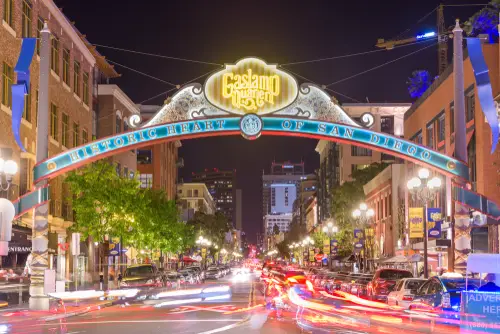
The Gaslamp Quarter has historic architecture, nightlife, and dense streets that look perfect for walking. Sidewalks are wide, and restaurants line every block. Still, locals often drive to other parts of the city for groceries, work, or errands.
The pedestrian traffic is mostly tourists or nighttime revelers. Weekday walks are limited, and parking structures dominate the neighborhood. Its walkable design is more about entertainment than daily practicality.
2. Downtown Los Angeles, California
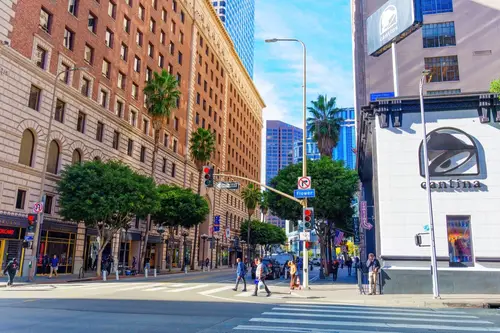
On paper, Downtown LA should be a walker’s paradise. Sidewalks are wide, crosswalks are plentiful, and the area is dense with restaurants, offices, and theaters. Yet, the reality is different. The streets are often clogged with traffic, making crossing stressful, and many locals simply opt to drive or take rideshares.
Safety is another concern that discourages walking. Certain blocks experience higher crime rates, especially after dark, which makes pedestrians wary. Even the “hipster-friendly” areas like the Arts District feel sparse on foot. Tourists may stroll, but locals often avoid walking unless absolutely necessary.
3. South Beach, Miami, Florida
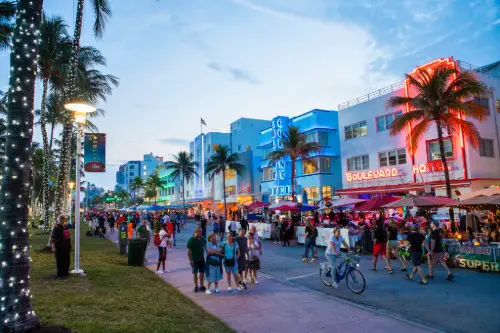
South Beach is known for its pastel Art Deco buildings and wide sidewalks. Its oceanfront promenade encourages walking and cycling, making it seem like the ultimate pedestrian neighborhood. In practice, locals rarely walk long distances.
Most residents rely on cars or scooters to navigate between grocery stores, schools, and other essentials. The tourist-heavy areas attract walkers, but the everyday pedestrian flow is surprisingly low. The walkable design is more for show than practical use.
4. Georgetown, Washington, D.C.
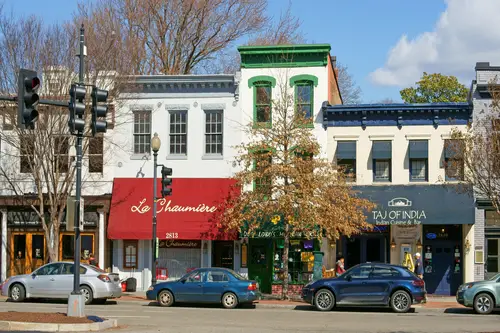
Georgetown is historic and beautiful, filled with cobblestone streets and boutique shops. Maps make it look easy to stroll through, and it has public transit options nearby. However, daily foot traffic is dominated by tourists rather than locals.
Parking is limited, but the residential streets are still car-centric. Many locals drive to work outside the area, reducing the need to walk. The charming aesthetics don’t translate into practical walking patterns.
5. Beverly Hills, California
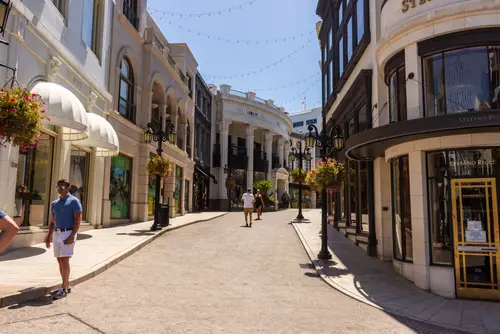
Beverly Hills has the walkable grid of streets, luxury stores, and pedestrian crosswalks. The famous Rodeo Drive seems like the perfect neighborhood to stroll through. But for residents, driving is almost unavoidable.
The sprawling mansions and private estates make daily walking impractical. Even when restaurants and cafes are nearby, locals often drive short distances. The area is visually walkable but functionally car-dependent.
6. Williamsburg, Brooklyn, New York
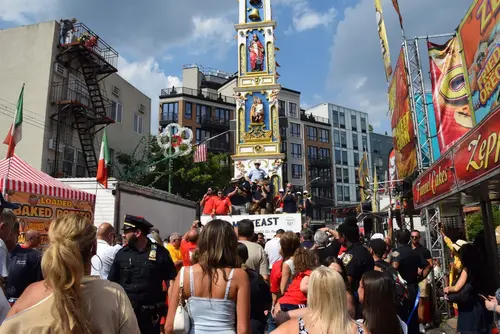
Williamsburg has trendy shops, cafes, and bike lanes that make it look like a walkable paradise. It’s compact, and public transit is accessible. Still, the high cost of parking and car culture for families limits local walking.
Residents with strollers or hauling groceries prefer driving. The waterfront and weekend streets are lively, but weekdays see fewer pedestrians. The walkable layout is more of a weekend luxury than a daily habit.
7. Lincoln Park, Chicago, Illinois
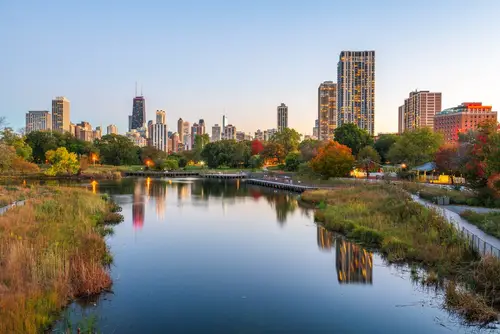
Lincoln Park is lined with historic buildings, cafes, and parks that suggest it’s perfect for walking. Sidewalks are wide, and the area is dense with amenities. Yet, locals often drive due to Chicago’s harsh winters and spread-out errands.
Parking availability on major streets encourages car use, even for short trips. The zoo, theater, and nightlife draw visitors, but residents prioritize efficiency over walking. The neighborhood’s charm is more scenic than practical for daily strolls.
8. Pacific Heights, San Francisco, California
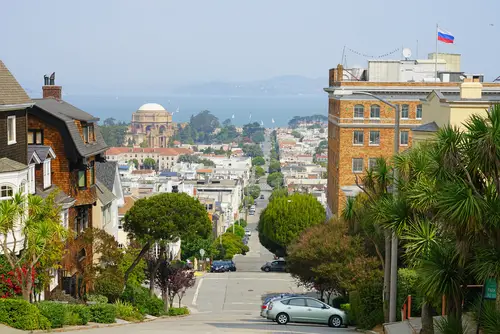
Pacific Heights offers scenic views, beautiful homes, and boutique shopping streets. Its streets are narrow and grid-like, ideal for walking. Reality check: those steep hills discourage most locals from strolling regularly.
Even short distances can feel like a workout, which pushes residents to drive. Rideshares and public transit dominate trips around town. Walking happens more for tourists and weekend explorers than for day-to-day errands.
9. Dupont Circle, Washington, D.C.

Dupont Circle is packed with coffee shops, embassies, and bookstores. It’s dense, lively, and supposedly walkable. But locals quickly learn that traffic, aggressive drivers, and limited parking make walking less appealing.
Weekday pedestrian flow is lower than expected. Most residents drive or take metro lines for convenience. The area’s appeal is more about aesthetics and social life than practical walking.
10. South Lake Union, Seattle, Washington
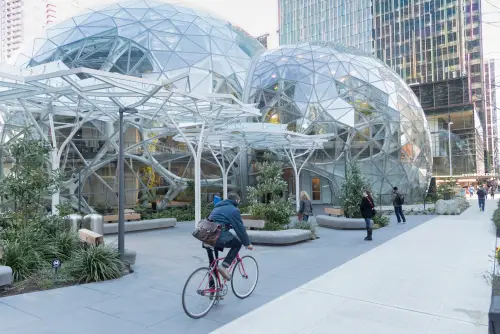
South Lake Union has been built with tech workers in mind, featuring wide sidewalks and bike lanes. Walkability looks great on paper, especially for those commuting to Amazon offices. In reality, locals often drive to groceries or errands.
The tech-centric culture encourages efficiency over leisure walks. Rainy weather also discourages foot traffic. Weekday streets see more cars than walkers despite the neighborhood’s designed intent.
11. Old Town Alexandria, Virginia
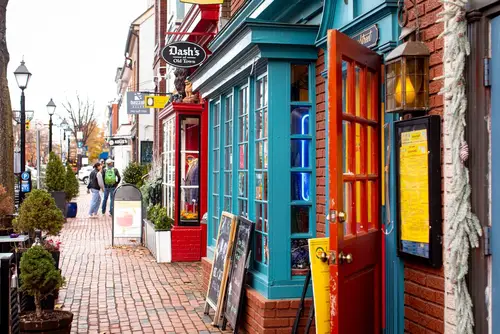
Old Town Alexandria is famous for its historic charm and cobblestone streets. Waterfront walkways and small shops suggest it’s ideal for pedestrians. Residents, however, tend to drive to get around or reach D.C. for work.
Tourists dominate foot traffic, especially near King Street. Locals walk selectively for errands or dining but rarely for daily commuting. The neighborhood is picturesque but not as functionally walkable as it seems.
12. Back Bay, Boston, Massachusetts
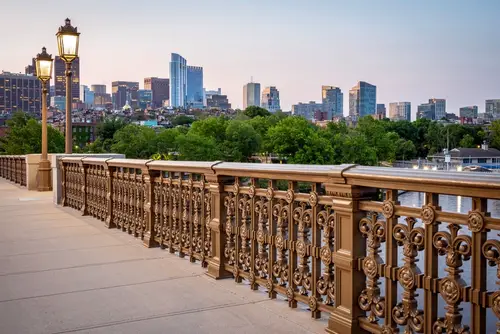
Back Bay is lined with brownstones, boutiques, and streets that appear tailor-made for walkers. Its compact layout encourages strolling and has good transit access. Yet many locals drive short distances to work, school, or errands.
Narrow streets and expensive parking create tension between car and pedestrian space. Walking is pleasant but often not the most convenient option. The historic charm makes it more of a visual stroll destination than a practical one.
13. River North, Chicago, Illinois
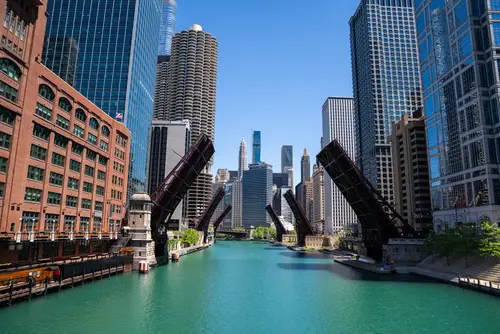
River North is full of art galleries, restaurants, and nightlife hotspots. The streets and sidewalks seem perfect for pedestrian life. Yet locals often choose cars or rideshares to navigate to nearby areas or return from work.
Even residents who appreciate walking may find logistics challenging due to busy streets and sparse grocery options. Pedestrian activity peaks on weekends but is lower during the week. Functionally, the neighborhood is less walkable than it appears.
14. Venice Beach, California
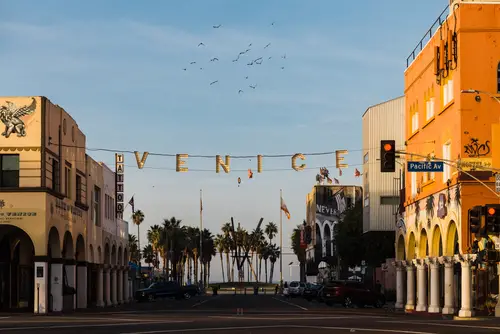
Venice Beach has iconic boardwalks, shops, and murals. It’s visually walkable and tourist-heavy. But residents often drive for daily errands due to limited local services and parking dominance.
The boardwalk is mostly a leisure zone, not a practical commuting route. Even short trips to grocery stores or cafes often require a car. Venice’s walkable image is mostly a tourist illusion.
15. Santa Monica, California
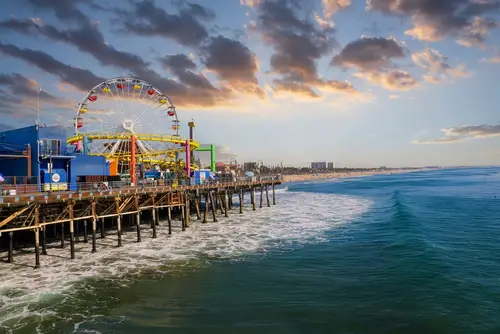
Santa Monica has miles of beachfront paths, bustling shopping districts, and public transit. It’s designed to be walkable with its grid layout and pedestrian-friendly streets. But parking is so abundant that residents default to driving.
Even the downtown Third Street Promenade, while technically walkable, often feels more like a tourist trap than a true neighborhood stroll. Locals tend to hop in cars to avoid crowds or to get to work in nearby areas. The perceived walkability doesn’t match daily pedestrian behavior.
This post 15 “Walkable” Neighborhoods That Nobody Actually Walks In was first published on Greenhouse Black.
